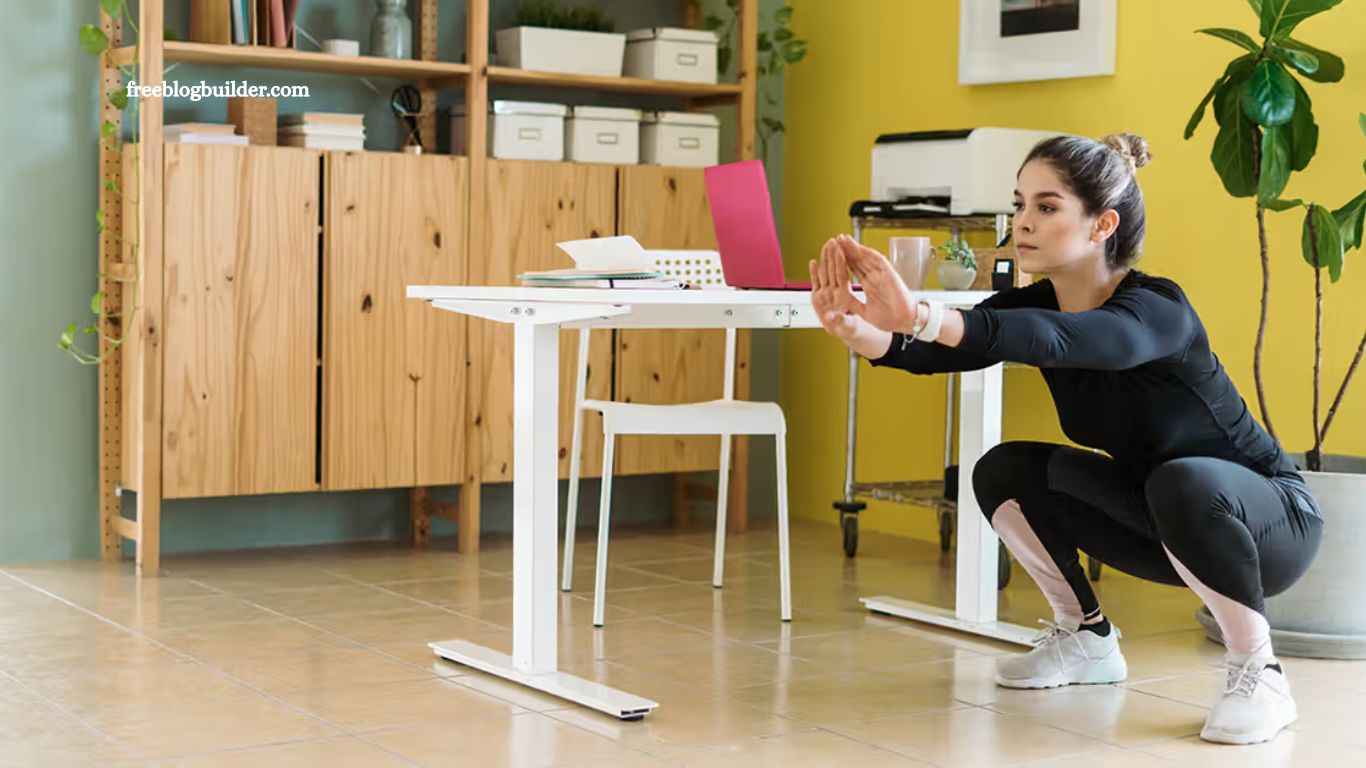Exercise snacks—brief bursts of physical activity lasting under a minute—offer a practical solution to this problem. Research indicates that incorporating these short, frequent breaks into the day may improve overall health and well-being. As someone who spends much of the workday in back-to-back virtual meetings, I often struggle to move enough.
Intrigued by the concept of exercise snacks, which typically involve simple bodyweight exercises like squats or jumping jacks performed every 45 to 60 minutes, I decided to commit to a two-week trial. This personal experiment aimed to explore whether these quick bursts of activity could truly make a difference in my daily routine and fitness.
Read More: Elon Musk Revives Criticism of Trump, Targets ‘Big, Beautiful Bill’
What the Science Says
Prolonged inactivity has been linked to a range of negative health outcomes. Extended sitting periods are associated not only with musculoskeletal discomfort but also with increased risk for hypertension. One study found that individuals who remained seated for long stretches had higher blood pressure than those who incorporated more movement throughout the day.
Post-meal inactivity can also affect blood glucose regulation. Conversely, even minor physical activity—such as leg fidgeting—has been shown to help control blood sugar levels. Emerging research also indicates that “exercise snacks,” or brief bouts of physical activity, may improve cardiovascular fitness, enhance blood glucose management, and support muscular function and balance.
Preparing for the Experiment
To establish a baseline, I began by using a continuous glucose monitor (CGM) to track my blood glucose levels over several days—though a CGM isn’t required to try exercise snacks. I also measured my weight with a body fat scale and kept track of my blood pressure throughout the two-week period.
To maintain accountability and avoid confusion, I informed my colleagues about the experiment—especially since they might witness me doing squats in the office or during meetings.
The Experience
I follow a hybrid work schedule, spending two days in the office and three working from home. I began the experiment on an in-office day, using squats as my primary form of activity. Initially, I sought privacy by doing squats in the bathroom and occasionally in conference rooms between meetings. While I didn’t notice immediate changes, my thighs were quite sore by the end of the day.
Work-from-home days proved easier for sticking to my schedule. Although I missed a few sessions, I stayed focused on the principle that some movement is better than none. Over time, I experimented with the timing of exercise snacks and began aligning them with meals, especially within 30 to 45 minutes after eating.
Results After Two Weeks
Interestingly, food intake had the most significant impact on my blood glucose levels, more so than the exercise snacks themselves. While I didn’t observe changes in blood pressure, sleep quality, or baseline glucose levels, I did notice that post-meal exercise helped stabilize blood glucose more quickly.
Other small but positive changes included:
- A 2-pound weight loss
- Noticeable muscle tone improvement in my lower body
- Increased daytime energy and reduced afternoon fatigue
It’s important to remember that individual results may vary depending on lifestyle, fitness level, and diet.
How to Get Started with Exercise Snacks
Starting is simple and requires no special equipment. Pick a day, set your intention, and begin. While I mainly did squats, you can choose any bodyweight movement—jumping jacks, high knees, or even walking in place. The key is to select exercises that are safe, raise your heart rate, and get your muscles working.
Whether you work from home or in an office, integrating these mini workouts into your day may be a sustainable way to boost your physical activity—one snack at a time.
Frequently Asked Questions
What are exercise snacks?
Exercise snacks are short bursts of physical activity—usually lasting under a minute—performed several times a day. They’re designed to break up long periods of sitting and improve health outcomes.
Do exercise snacks really work?
Research suggests that exercise snacks can help improve cardiovascular fitness, blood glucose regulation, muscle function, and overall energy levels—especially when done consistently throughout the day.
How often should I do them?
Ideally, exercise snacks should be done every 45 to 60 minutes during prolonged sitting or sedentary activity.
What types of exercises count as exercise snacks?
Bodyweight movements like squats, jumping jacks, high knees, or even a brisk stair climb all qualify. The key is to get your heart rate up, even briefly.
Do I need equipment to get started?
No equipment is necessary. You only need enough space to move safely.
Can exercise snacks help with weight loss?
They can contribute to weight loss when combined with a balanced diet and consistent routine, though they are not a replacement for full workouts.
Conclusion
Incorporating exercise snacks into my daily routine proved to be a simple yet effective way to add movement to a sedentary lifestyle. While the changes weren’t dramatic, I experienced noticeable improvements in energy levels, slight weight loss, and better post-meal blood glucose stabilization. The flexibility and accessibility of exercise snacks make them a sustainable option for almost anyone—no gym, equipment, or major time commitment required.
Though results may vary from person to person, the key takeaway is clear: small, consistent actions can contribute to long-term health benefits. Whether you work from home or in an office, exercise snacks offer a practical and empowering step toward a more active, balanced lifestyle.


